2024 Celestial Events You Can See In San Diego
Nothing beats a good stargaze on a nice clear night with a wide-open sky out in front of you. San Diego has a number of stargazing spots in the area for those who want to stare into the vast open that connects us to the universe, but you might not always know the best times to go out and catch something worth seeing. Cue our Celestial Events Calendar for San Diego (and most of Southern California).
Over the last couple of years, annular solar eclipses have gathered the masses and increased some overall interest in celestial events. Although events like eclipses don’t happen as often, there are also annual events on the astronomical calendar that you should totally pencil in that mostly revolve around some pretty epic meteor showers.
With half of 2024 already behind us, we’ve already missed a few, but don’t stress: The best ones have yet to come, and the sky is set to light up for the rest of the year. Keep reading to find out which meteor showers and other celestial events you just can’t miss and the best time to get out and see them.
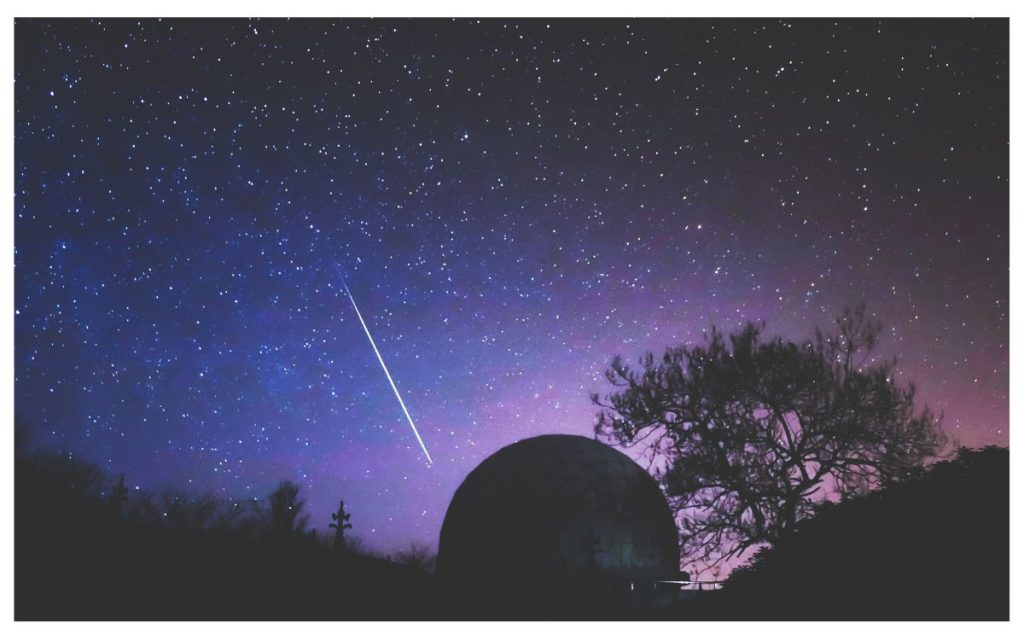
Delta Aquarids Meteor Shower July 12-August 23, 2024
With the Delta Aquarids and all other meteor showers, you usually get between two to four weeks to go out and enjoy them. However, regardless of the length of the overall shower, there’s always a peak night and time for optimal viewing. This year’s Delta Aquarids meteor shower peaks on the night of July 28 and into the morning of July 29, when up to 20 meteors per hour take to the skies.
Visibility for meteor showers always depends on the current phase of the moon and cloud cover. The peak for the Delta Aquarids falls during the second quarter moon, which will block out a lot of the dimmer meteors. Throughout the weeks the shower’s in the sky, find a dark location after midnight for optimal viewing. Although the meteors themselves originate in the Aquarius constellation, keep your eyes peeled in all sections of the sky so as not to miss any of the big ones.
Perseids Meteor Shower July 17-August 24, 2024
Just in case you had to do a double take, yes: The Perseids and the Delta Aquarids meteor showers occur simultaneously. Due to our location in San Diego, the Perseids will be more visible than the Delta Aquarids, which get better visibility in the Southern Hemisphere. However, you can still see the Aquarids here. Although the showers can interact with each other, the peak of the Delta Aquarids is in late July, whereas the Perseids peak on the night of August 11 and into the morning of August 12.
Each year, the Perseids is one of the top meteor showers and is usually well worth the watch. With up to 60 meteors per hour at the peak, post-midnight viewing is your best shot at seeing the best ones. The moon, which will be in its first quarter during this peak, sets just after midnight, and the early morning hours might be the best time for these in 2024. This shower originates from the Perseus constellation, but the meteors can appear anywhere.

Taurids Meteor Shower September 7-December 10, 2024
The Taurids take the title for the longest meteor shower every year as they run from September through December, but it’s a minor meteor shower that doesn’t peak until the night of November 4 into the morning of November 5. Stemming from the Taurus constellation, there are usually two separate streams that make up the shower, which only produces around 5-10 meteors per hour.
Plus, the first quarter moon this year during its peak also makes visibility a little more difficult. You’ll get to see the highlights and the best of the best the shower has to offer, but that might only be one or two good ones every hour. Still, throughout the bulk of the last half of the year, pick a dark night and head away from the city after midnight for your best chance at seeing anything.
Partial Lunar Eclipse September 18, 2024
There’s a partial lunar eclipse on the night of September 18, which is when the moon passes through the Earth’s partial and darkest shadows, also known as the penumbra and the umbra. During this type of eclipse, a portion of the moon darkens as it travels through Earth’s shadows, and we should be able to see it from where we are anywhere near San Diego.
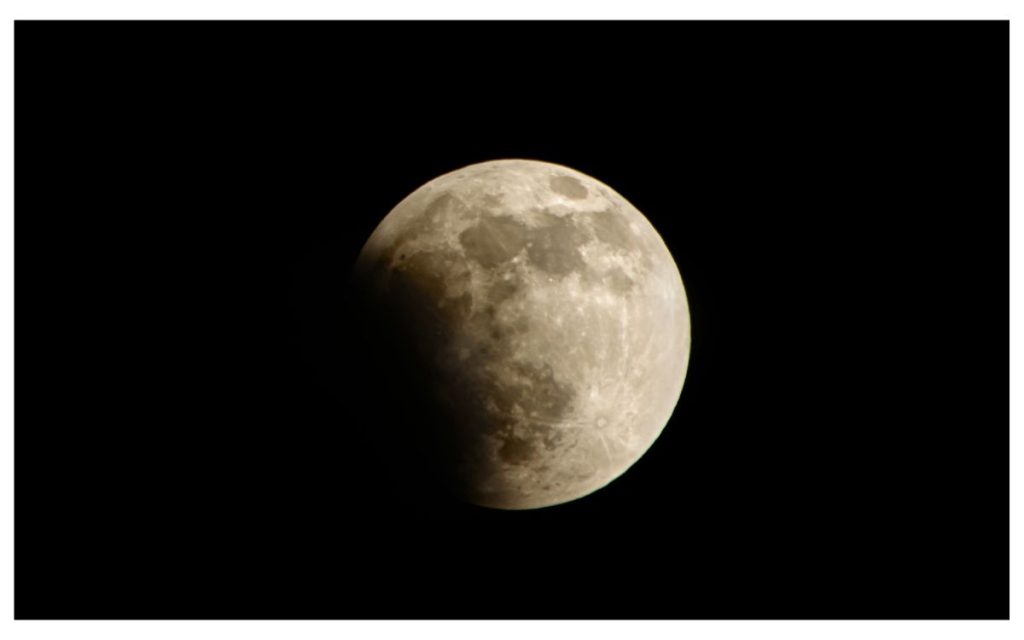
Also, an added bit of fun for this eclipse is that it’s occurring on the same night as a Supermoon, with this one in September also known as the Harvest Moon as it occurs closest to the September equinox. Even though it takes place in September, it’s also the first of three Supermoons set for the rest of 2024, with the other two being on October 17 for the Blood Moon and November 15 for the Beaver Moon.
Draconids Meteor Shower October 6-10, 2024
If you don’t want to miss the Draconids shower, you only have a small window in October to remind yourself they’re coming. The peak for the short shower falls on the night of the 7 and into the morning of the 8, but this is another minor shower that only produces around 10 meteors per hour and might not be one to run home and tell the cows about.
As opposed to most other showers, however, the early evening prior to the moonrise should be the time you go out for a viewing. Keep an eye out for the constellation Draco, which is where these meteors stem from, but they can also appear anywhere else in the sky, as well.
Orionids Meteor Shower October 2-November 7, 2024
Surrounding the Draconids and moving into November is the Orionids meteor shower, which can produce around 20 meteors at its peak and usually puts on a bright and good show. The meteors come from the comet Halley, which we’ve known about and observed since ancient times.
This year, the Orionids peak on the night of October 21 and into the morning of October 22, though the waning gibbous moon leftover from October’s Supermoon may make visibility a little more difficult. Keep your eyes peeled toward the direction of Orion, which is where the meteors radiate from, but as with all the other meteor showers, any portion of the sky is subject to a shooting star.
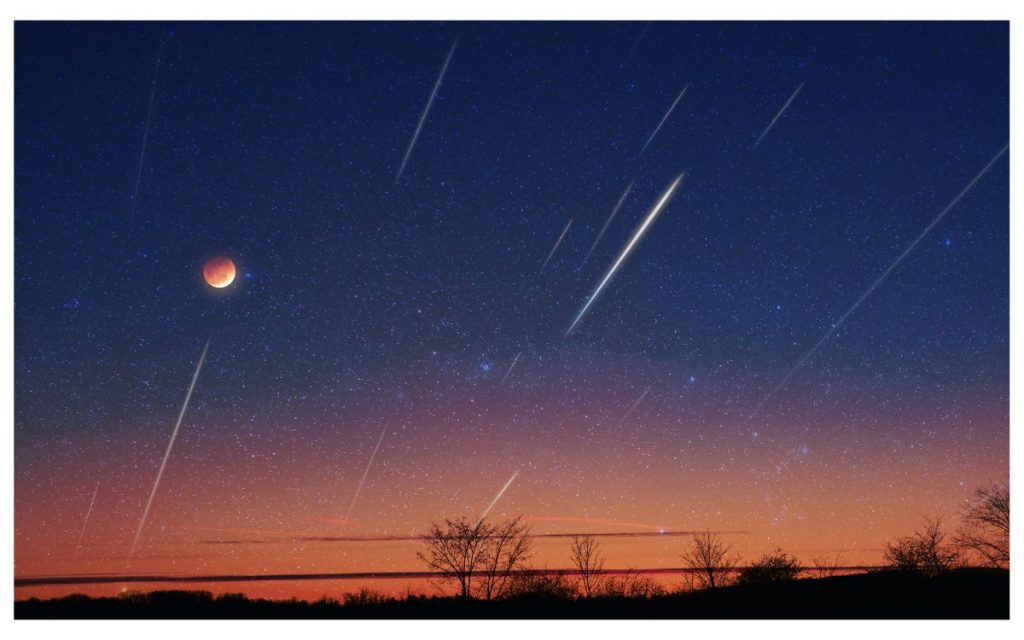
Leonids Meteor Shower November 6-30, 2024
The Leonids is unique among meteor showers in that it reaches its true peak every 33 years. At its peak, it shoots out hundreds of meteors per hour. In the interim, it averages around 15. The last full peak happened in 2001, which means we’re about 10 solid years away from the next one happening, though it’s still a fun shower to check out every year for what it gives.
Unfortunately, this year, the peak of the shower on the night of the 17 and into the morning of the 18 falls right after the final Supermoon of the year on the 15, which will highly impede visibility. Although this one requires a little more patience to make sure you’re getting the most bang for your buck, it may prove worth it if you give it a shot. These meteors stem from the Leo constellation, with viewing best done in the later hours of the night.
Geminids Meteor Shower December 7-17, 2024
If there is any meteor shower or celestial event you need to make sure you mark your calendars for, it is the Geminids in December. Every year, it leaves stargazers breathless and is often thought to be the king of all meteor showers. During its peak, which falls between the night of the 13 into the morning of the 14, expect upward of 120 multicolored meteors lighting up the sky everywhere you look. (Side note: I viewed this one from a bench on Sunset Cliffs overlooking the ocean between 1-3 am and will never forget or regret this decision.)
Discovered in 1982, this epic shower is caused by leftover debris from an asteroid known as 3200 Phaethon and comes from the direction of the Gemini constellation. The bad news this year, unfortunately, is that the peak also occurs right before the December 15 full moon, which will basically block out all but the brightest of stars in the sky. That said, those bright stars will still be well worth the watch between midnight and sunrise, so grab a blanket, make some hot cocoa, and enjoy the best meteor shower of the year!
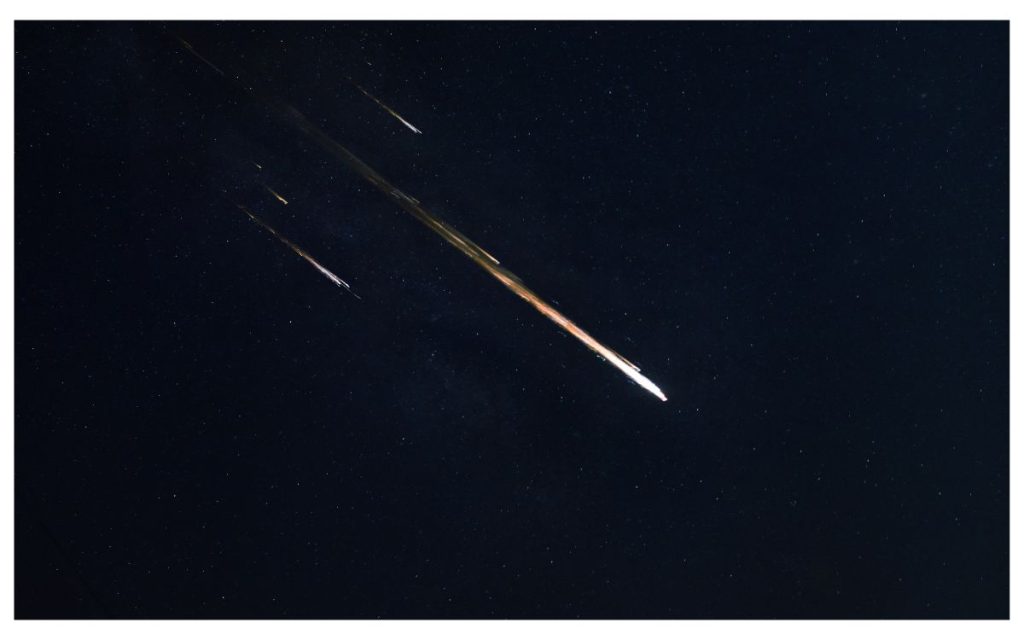
Ursids Meteor Show December 17-25, 2024
Right on the heels of the Geminids and closing out the rest of 2024 are the Ursids, which peak on the night of the 21 and into the morning of the 22. This is another minor shower that only gives us around 5-10 good ones per hour, but still gives you some bright ones if you look hard enough.
This year, although not as close to the full moon as the Geminids peak, the waning gibbous of the moon will also make some of the fainter stars a lot harder to see. It’s a good thing San Diego has a few good stargazing spots around town because you’ll want to make sure you get as far away from the city as possible for this one to make sure you have the best viewing. This meteor show radiates from the Ursa Minor constellation that also houses the North Star, but be sure to keep your eyes open across the rest of the skies so you don’t miss anything else.
Watching a celestial event like an eclipse or meteor shower is such a great experience, especially with fellow astronomy enthusiasts. If you are looking to connect and go on outings together with others, check out the San Diego Astronomy Association.
The post 2024 Celestial Events You Can See In San Diego appeared first on San Diego Explorer.
Categories
Recent Posts
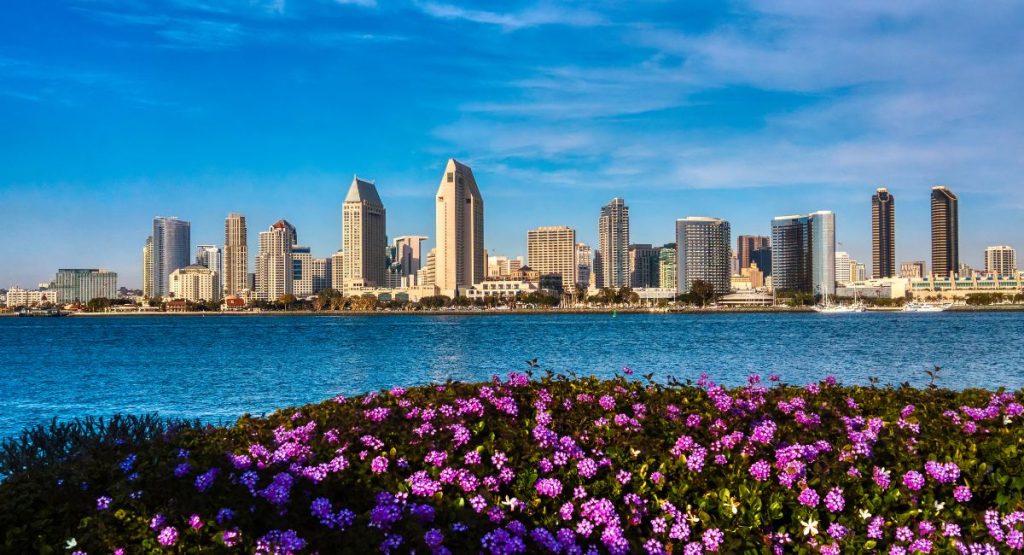

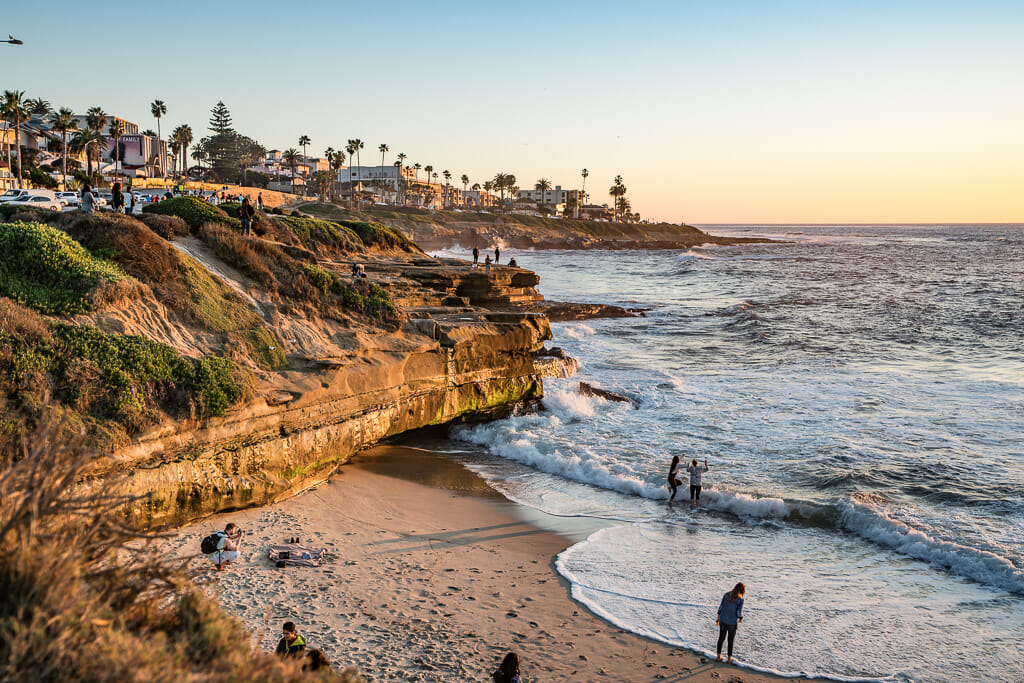
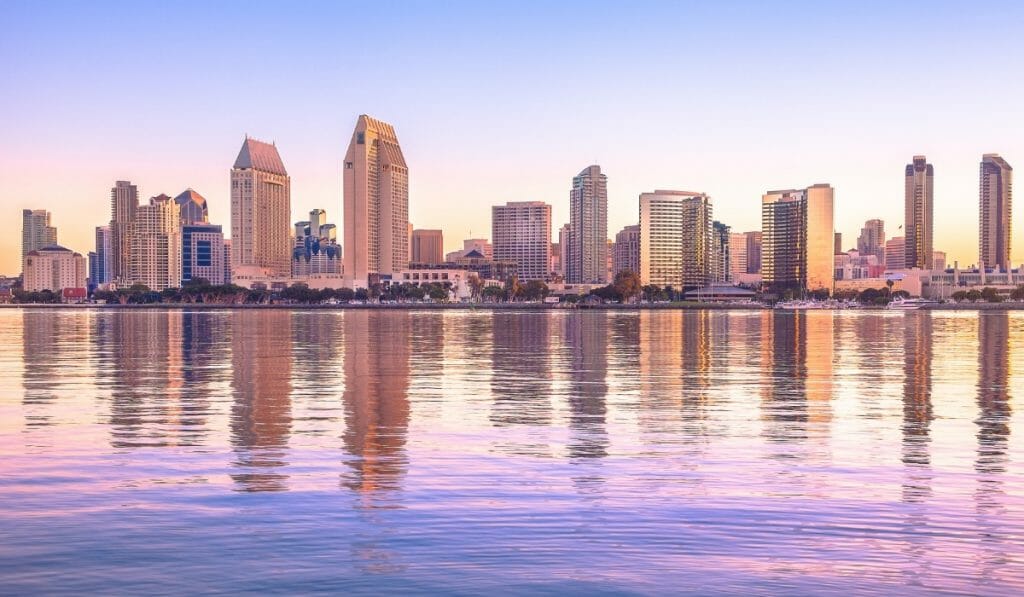

![Best Things to Do: St Patrick’s Day San Diego [2025]](https://img.chime.me/image/fs/chimeblog/20250312/16/original_e13fe3e7-acd1-4794-8799-77b55ccd9513.jpg)
![Ultimate Guide to Seaport Village San Diego By a Local [2025]](https://img.chime.me/image/fs/chimeblog/20250313/16/original_4b31d31d-211f-4f32-97a4-81420fb4deb3.png)



